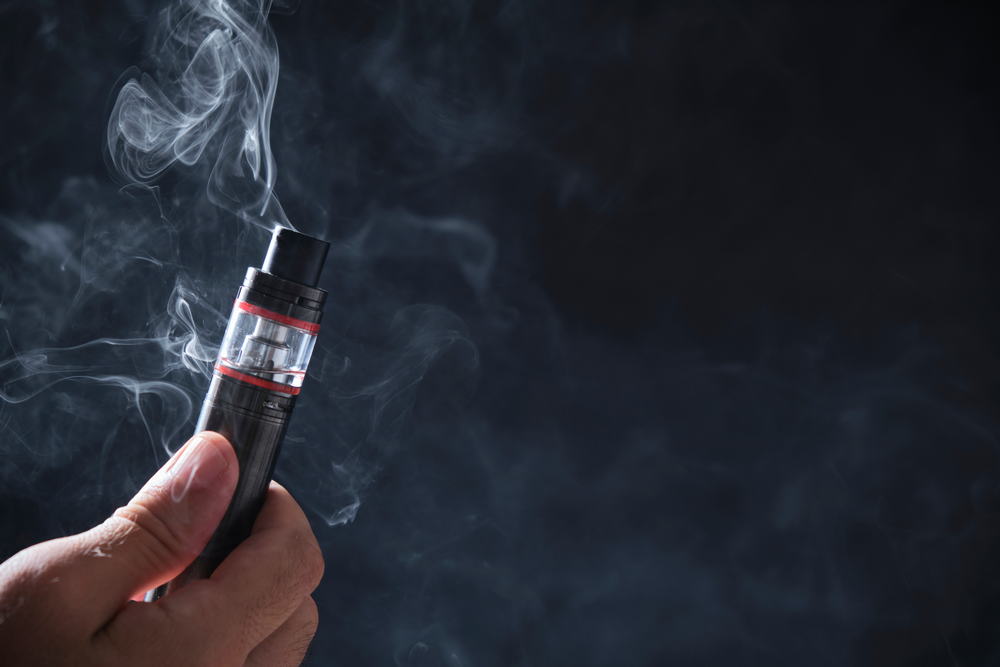
It has been a while since we discussed any of the basic concepts of using THC as a medicine. Given that there are now nearly 70,000 Medical Cannabis card holders in Utah, we thought it might be time to get back to some of those topics. So in this post, we are going to discuss decarboxylation.
Decarboxylation is the process that “activates” cannabis so that users can experience its effects. If cannabis plants don’t undergo decarboxylation, they do not offer much help as a medicine. The plant’s ingredients are not active in their natural state. And if they aren’t active, they are not helping.
Decarboxylation takes inert compounds and makes them active. This can be done in several different ways. The easiest way is to apply heat, which is generally what manufacturers, processors, and actual users do.
When we talk about Medical Cannabis and its benefits for treating chronic pain, PTSD, etc., our conversations often relate to one cannabinoid in particular: THC. Furthermore, we commonly say that cannabis plants contain THC. That’s technically not true. The unadulterated compound is actually THC acid (THCA). In its acid form, THC is not nearly potent enough for most medical needs.
To make it potent, THCA needs to be neutralized. This is accomplished by removing the carboxyl group, hence the term “decarboxylation.” When you decarboxylate THCA, you are left with THC. By the way, the same principle applies to CBD and all the other cannabinoids found in cannabis plants.
Smoking Medical Cannabis is prohibited in Utah. Even so, combustion does the trick. The high heat of combustion decarboxylates THCA quickly and effectively while the user gets the maximum amount of THC into the bloodstream right away, through inhalation. But since smoking is not allowed in the Beehive State, we need to do decarboxylation in other ways.
With an active Medical Cannabis card, you can visit a licensed Utah dispensary and purchase raw flower. You can place that flower in a dry herb vaporizer for consumption. The vaporizer applies enough heat to release the plant’s active compounds – decarboxylated, of course – without actually burning the material. Therefore, you are not inhaling toxic smoke.
If you’re not into dry heating, you can purchase Medical Cannabis products containing THC. Processors add THC to their products after extracting it from plant material and decarboxylating it. Decarboxylation may be accomplished using chemicals, but normally it’s accomplished through heating cannabis crude oil.
Cannabis crude oil is the pure liquid extracted from cannabis plant material. It is distilled using a combination of heat and pressure to separate cannabis compounds by weight. The same heat and pressure that separates CBD from THC, for example, also decarboxylates both.
One last thing that might interest you is this: you can decarboxylate at home if you purchase raw flower from a Medical Cannabis pharmacy. Why would you want to do so? One common reason is to make cannabis-infused butter or oil for use in baking.
The easiest way to decarboxylate at home is to simply slow cook the plant material over the stove. We will not get into details here, but there are lots of tutorials online. There are also some appliances that can automate the process.
Decarboxylation is what makes inactive cannabinoid acids active. It is the secret to turning freshly harvested cannabis into a medical product. Without decarboxylation, Medical Cannabis would not be very effective for medicinal purposes. But with decarboxylation, cannabis plant material becomes incredibly valuable. And now you know.